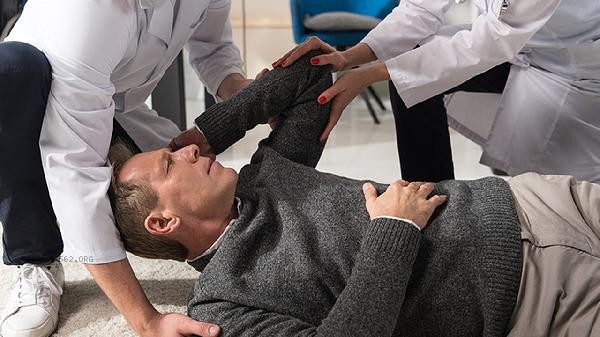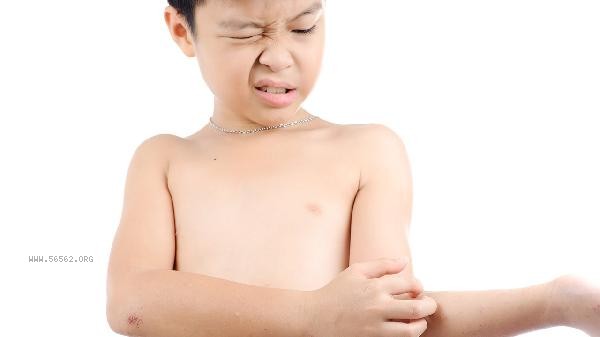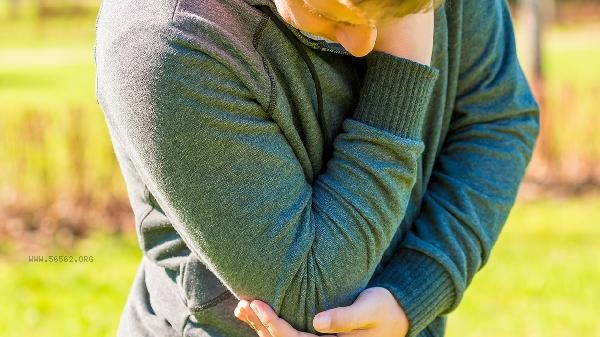Muscle strains in the arm can be accelerated through rest and braking, alternating cold and hot compresses, medication treatment, physical therapy, rehabilitation training, and other methods. Arm muscle strains are usually caused by excessive exercise, incorrect posture, external impact, insufficient warm-up, muscle fatigue, and other reasons.

After a muscle strain in the arm, immediately stop moving and keep the injured area braked to avoid secondary injury. Applying appropriate pressure with elastic bandages can reduce swelling, but attention should be paid to the tightness to avoid affecting blood circulation. Ice compress every 2 hours for 15 minutes within 48 hours of injury can effectively relieve pain and inflammation, and after 48 hours, hot compress can be used to promote blood circulation. Raising the affected limb above the level of the heart can help reduce swelling. Avoid lifting heavy objects or overuse of affected limbs during daily activities, and use pillows to elevate arms during sleep.
Alternating between cold and hot compresses is a key step in promoting recovery. Priority should be given to cold compress during the acute phase. Wrap an ice pack around a towel and apply it to the painful area for no more than 20 minutes each time to prevent frostbite. After the inflammation subsides, switch to hot compress and use a hot towel or warm water bag to control the temperature at around 40 degrees Celsius, 3 times a day for 15 minutes each time. Hot compress can relax tight muscles and accelerate the clearance of metabolic waste. The alternation of hot and cold should be strictly timed, and incorrect use may worsen symptoms. The combination of hot compress and gentle massage has a better effect, but it is necessary to avoid areas with obvious swelling. Drug therapy should be carried out under the guidance of a doctor, and commonly used nonsteroidal anti-inflammatory drugs such as ibuprofen sustained-release capsules and diclofenac sodium enteric coated tablets can alleviate pain and inflammation. Severe pain can be treated with short-term tramadol hydrochloride tablets, while muscle spasms can be treated with chlorzoxazone tablets. For external use, flurbiprofen gel paste or diclofenac diethylamine emulsion can be selected to smear on the affected part. Traditional Chinese medicine preparations such as Yunnan Baiyao aerosol also have certain effects. During medication, avoid smoking, alcohol, and spicy foods. Those with gastrointestinal discomfort should take medication after meals. If rash or difficulty breathing occurs, stop taking medication immediately and seek medical attention. Physical therapy can significantly improve recovery outcomes. Ultrasonic therapy promotes tissue repair through high-frequency vibration, while microwave therapy can penetrate deep into the muscle layer to alleviate spasms. Transcutaneous nerve electrical stimulation can block pain transmission, while infrared radiation can improve local blood circulation. Shock wave therapy is suitable for chronic adhesion, and acupuncture and moxibustion is helpful to relieve muscle tension. The treatment frequency is usually 3 times a week, and severe cases require continuous treatment for several weeks. During the treatment period, muscle relaxation training should be combined, but premature strength exercises should be avoided. Rehabilitation training should be carried out in stages and gradually. After the acute phase, passive joint activities such as wrist flexion and extension exercises should be performed first. After the pain disappears, isometric contraction training should be started. Add light resistance training such as elastic band exercises during the mid recovery period, and gradually transition to dumbbell strength training in the later stage. Before and after training, it is necessary to fully warm up and stretch, with intensity that does not cause significant pain. Functional training such as grip ball exercises can enhance coordination. Muscle soreness after training is a normal phenomenon, but persistent pain should be stopped immediately. Complete recovery usually takes several weeks, and a professional assessment should be conducted before returning to exercise.
During the recovery period of arm muscle strain, it is necessary to maintain a balanced diet, consume more fish, eggs, and dairy products rich in high-quality protein, and citrus fruits rich in vitamin C, which can help repair muscle tissue. Avoid high salt and high-fat foods to prevent inflammation from worsening. Ensure sufficient sleep every day, quit smoking and limit alcohol consumption. In the later stage of recovery, low impact sports such as swimming can be performed to maintain physical fitness, but it is necessary to avoid activities that require explosive arm power such as badminton. If there is no significant improvement within two weeks or if there is limited joint movement or abnormal noise, timely re examination should be conducted to rule out serious injuries such as tendon rupture. Long term recurrent strains should strengthen upper limb muscle strength training and improve motor skills and movements.










Comments (0)
Leave a Comment
No comments yet
Be the first to share your thoughts!